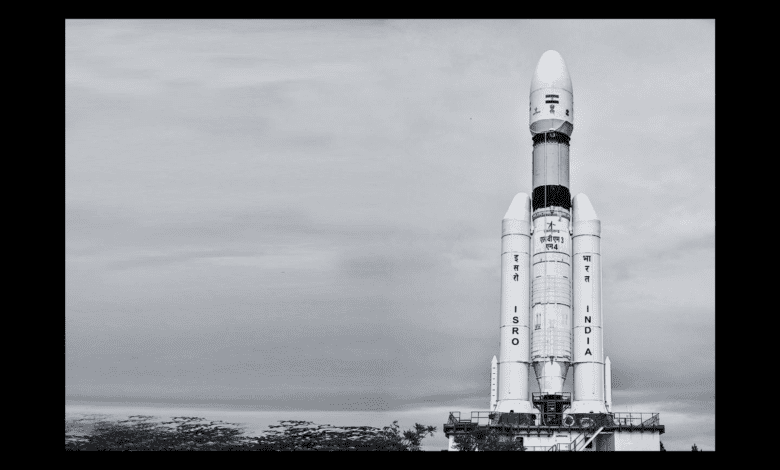India-Japan’s LUPEX aims for 100-day survival, could break the records of Chandrayaan-3
The Indian and Japanese space agencies are partnering on an ambitious moon exploration mission called LUPEX (Lunar Polar Exploration Mission).

The Indian and Japanese space agencies are partnering on an ambitious moon exploration mission called LUPEX (Lunar Polar Exploration Mission). According to recent disclosures from the Indian Space Research Organisation (ISRO), the mission could last 100 earth days on the lunar surface – that’s approximately five times longer than India’s successful Chandrayaan-3 lunar mission. Moreover, this mission could feature a massive lunar rover weighing 350 kg, a significant step up from the 26 kg Chandrayaan-3 rover ‘Pragyan.’
Nilesh Desai, the director of the Space Applications Centre at ISRO, shared these exciting insights during a session with students and faculty at the Indian Institute of Tropical Meteorology. He detailed that the mission will use the Japanese H3 rocket for launch and aim to land at the lunar south pole (90-degree latitude), a region of the moon yet to be fully explored. The mission will also perform drilling and in-situ experiments in the permanently shadowed areas near the south pole, believed to contain ice and other minerals.
“The Chandrayaan-3 Vikram lander touched down near the 70-degree latitude of the moon, the closest any craft had landed to the unexplored lunar south pole. The lunar lander for LUPEX, built by ISRO, will carry a Japanese-built lunar rover,” explained Desai.
While the Chandrayaan-3 mission lasted 14 Earth days (equivalent to 1 lunar day), LUPEX plans to extend its mission life to nearly 100 Earth days. In terms of exploration, the LUPEX rover is set to cover a 1km x 1km area at the lunar south pole – twice the exploration area of Chandrayaan-3.
What kind of equipment is LUPEX transporting on its journey? Desai shared that the ISRO-built lander will carry a variety of payloads including a ground penetrating radar, mid-infrared spectrometer, Raman Spectrometer, and PRATHIMA (Permittivity and thermophysical investigation for Moon’s aquatic scout) payloads. Plus, there will also be some Japanese sensors onboard.
For the Chandrayaan-3 mission, the Space Applications Centre in Ahmedabad already contributed 11 systems, eight of which were camera systems, added Desai.
According to Desai, the difficult terrain of the lunar south polar region, with its harsh conditions, 2km-tall mountains, deep craters, and boulders, will make landing a challenging task.
You might also be intersted in – Segment of Chandrayaan-3 launch vehicle experiences unplanned re-entry into Earth’s atmosphere



